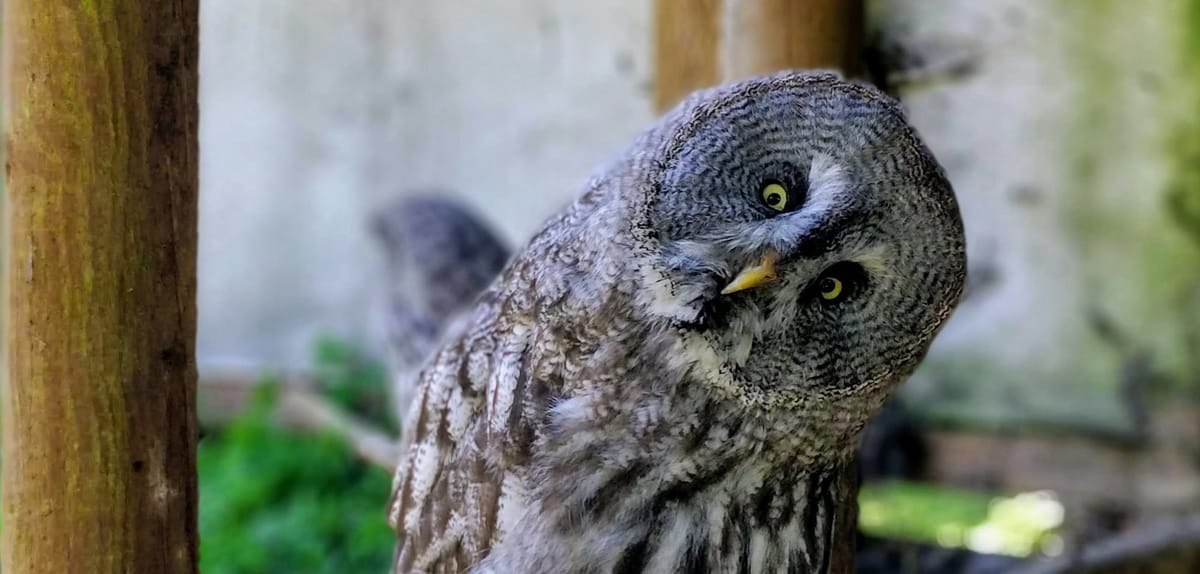Thoughts: Why curiosity?

This “Thoughts” post explores the exciting and sometimes dangerous thing that is curiosity, and suggests some reasons for grandparents to encourage it. For practical tips about *how* to encourage curiosity, see this week’s “Tips and Fun” post.
“Grandma, come look!!” The find our grandson called me over to see was a scurry of ants and some tiny white bugs (larvae?) he had found under a rock. He was curious about these creatures, wanting to know what they were. Also excited, a bit awed (and a bit scared, at least at first), eager to turn over a neighboring stone to see more.
I’m not sure what makes curiosity different from excitement or awe—or, for that matter, from intelligence. I do like philosopher Perry Zurn’s way of seeing and extolling curiosity, though, which he and his sister, Dani S. Bassett, (a bioengineer) lay out in their co-written book, Curious Minds: The Power of Connection.
Their idea is that when our grandson lifts up that rock, wonders, calls out to show me, wants to know more, he is not simply gathering information, as if to write an encyclopedia entry. Instead, he is stretching his mind and creating new connections—figuratively, and also quite literally, by building the neural networks that will ground his understanding of the world.
It’s no accident, then, that he doesn’t just sit with his discovery. In wanting to show me, to show his Mama, to get our input, he is weaving these creatures hiding in the lawn into a new and expanded understanding. And curiosity isn’t something he “has,” it’s something he “does.” In Zurn and Bassett’s words, “…[C]uriosity is less of an abstract affect, or state or trait, and more of a practice, always in motion, stretched across informational and social networks.”
As something we practice rather than “have” in a fixed way, “curiosity…can wax and wane naturally from moment to moment.” And it also can be enhanced and encouraged. This possibility gives grandparents two potential roles—encouraging their grandchildren to practice curiosity, and practicing it themselves. (BTW, if you want a model for practicing curiosity yourself, Zurn and Bassett’s book, which I highly recommend, gives you an example with its weaving together of diverse ideas, fields, and styles.)

Curiosity isn’t safe
The thing about practicing curiosity, though, is that it isn’t safe.
I don’t mean the physical harm—although with the grandkids, there does have to be oversight so that their curiosity doesn’t lead them to literal wells, tunnels, or cliffs.
What I mean by “not safe” is that curiosity often leads to places that are uncomfortable, new, strange, opposed to what you are used to. There’s always the chance that what we find out about other lives, experiences, knowledges, or existences—or our own!—will tear a hole in our carefully woven worldviews—and we can fear being cracked open. The “cracking open” metaphor can have positive spins—the acorn or egg cracking to become an oak or a falcon—but, in Zurn and Bassett’s words, “Many of us are afraid of our own crackability—and indeed of the crackability of our worlds and our horizons. We fear, perhaps rightly, that it signals a deep capacity for loss. We would rather avoid being unsettled. We worry about being remade. The disorientation inherent in crackability is deeply disconcerting for creatures who spend their days crafting settled things.”
In my teaching experience, there were students who feared new ideas. The activity in which I and some of the students found a great joy—hearing new and radically different perspectives, surprising our minds into rethinking something we thought we knew—some students found terribly threatening. For a test, they might memorize an alternative perspective opposed to theirs, but they wouldn’t engage seriously with the new (to them) idea on its merits.
I have limits, too, of course—not that I could define them exactly. And in fact, we need guardrails on our curiosity, even when the fear isn’t physical harm (those cliffs and tunnels) but disruption of our worldview. For example, we need to know the difference between curiously following the weak thread of a conspiracy theory and following the strong thread of real-world experience. We need ethical guidelines to avoid curiosities that harm others, and mental health guidelines to avoid morbid curiosities. And of course, these guardrails need to be tighter for children than for adults.

Curiosity is messy
Practicing curiosity with grandchildren can also be endless—“Why? Why? Why?”—which is a good reason to shift from the idea that what the child wants is information (in which case, your job defaults to answering all those questions) to the idea that curiosity is a practice (in which case your job is to show them how to find answers—do an experiment, go to the library, simply observe).
Endless and messy. But what a gift to give a child a chance to explore. In an interview, physicist and popular scientist Neil deGrasse Tyson suggests that “…your task is less to instill curiosity in your kids than it is to make sure you don’t squash what’s already there.” Let them stomp in the rain puddles, he says. (Their clothes will dry.)
Next steps
Precautions and all, practicing curiosity brings the great joy of discovering something new and making it part of your life. As a grandparent, you have the beautiful opportunity to welcome it, enjoy it, and encourage it in your grandchildren. And to model it, by practicing it yourself.